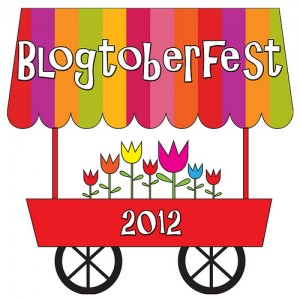I just signed up for the 4th annual blogging festival called Blogtoberfest, hosted by Kat at I Saw You Dancing. A month of blogging every day – you may wonder – what are you thinking? Well, I was thinking. I have been reading and reading blogs, partially because of an online class I’m taking with Kelly Rae Roberts called Flying Lessons. In a short two weeks, I have seen women really blossom! After seeing a commitment on a blog by Australian Janine Whitling, I decided I can do it!
At first, I thought – ” no – you can’t post every day”. I realized I don’t have to write a dissertation every day. I want to use this to record my month of paying attention to what is around me. I plan on keeping a notebook with me at all times to record things I see, hear and read. If nothing else – I can always just post a favorite quote.
To get ready for this, I spent this rainy day in Georgia cleaning up. I even laid out the clothes I will wear to work tomorrow – something I rarely do! So, this month is going to be getting new habits, like pre-planning, paying attention, and being good to ME! I plan on exercising regularly, taking my lunch to work, taking care of those things so I can open my mind and heart up to anything that comes.
Come on this journey with me. I will start with my “October To-Do” list – which includes art projects and personal plans i.e. budgeting, getting a new car, getting beyond my antique flip phone! I will write about books I’ve read, starting with The Creative Habit, Learn It and Use It For Life by Twyla Tharp.
I’m not going to beat myself up if I miss a day, but I’m going to make an honest effort! I need to get those pesky ideas out of my head – begin acting on those ideas that pop in and out! I know there are a few that are going to STICK!
If nothing else – I’ll post pictures of Ziggy and his escapades, like trying to read my books! more on that later.

